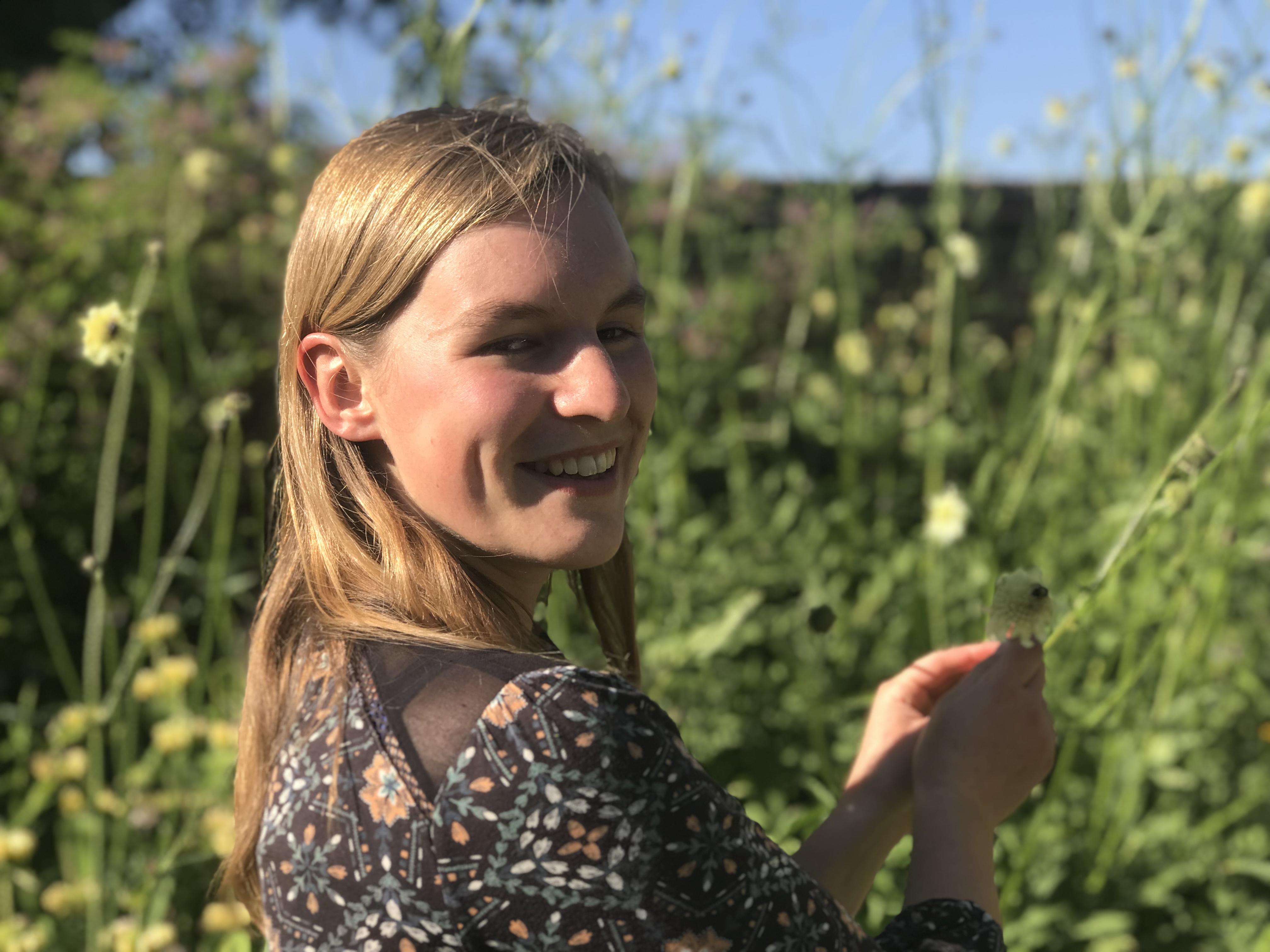Wildflowers to Spot in June
- Emily Sabin
- Jun 7, 2021
- 3 min read
Updated: Jul 14, 2021
When you're walking the dog or taking a lunchtime nature stroll it can be easy to ignore the many hundreds of plants around us and below our feet. Here are just five, easy-to-identify plants, plus a special foraging feature! Which of these have you already spotted this month?
Bird's-foot trefoil (also known as bacon and eggs or granny's toenails!)

One of my fave June pretties! Easy to spot with golden flowers that often have a red tinge. They grow in clusters on lawns, verges and in sunny meadows. The claw-like seed pods can sometimes resemble a bird's foot, and 'trefoil' means three-lobed - on each stem there are five small oval leaflets, and the lower two are bent backwards hence the top three appear trefoil.
This is an essential foodplant for the caterpillars and larvae of the common blue, silver-studded blue and wood white butterflies. 🐛
Bee orchid

A rarer find but an absolute CORKER if you do! Bee orchids are a superb example of co-evolution between plants and pollinators. I mean just how did it know how to evolve to mimic a female bee so that males would come and pollinate it?! Nature is so cool, I can't handle iitttt.
Not calling them lazy or anything... but bee orchids might only flower once in their lifetime 😬 The seeds germinate in the spring but can take up to six years before flowering! They can be over in a flash, so head out onto some chalk grassland between June and July for the best chance of spotting one.
Oxeye daisy

Growing in swathes from motorway verges to traditional hay meadows, the oxeye daisy is a true all-rounder. Their humongous fried egg heads make them easy to identify. Its Latin name Leucanthemum is thought to have derived from the ancient Greek word ‘leucos’, meaning white. I recently discovered that throughout history they have been called the 'moon daisy' as the flowers are so bright they appear to glow in the evening. 🌚
Every plant in the daisy family have composite flowers. This means that the flower heads are actually made up of multiple tiny flowers, each with their own nectar source - that's why greedy bees love 'em!
And remember, plucking petals from oxeye daisies in the playground is the sure-fire way to determine whether or not your crush is into you, "He loves me, he loves me not...".
Common vetch

These purple beauties spring up along woodland rides, farmland and waste ground. They're not fussy. Common vetch scrambles along the floor with its stretchy, twining stems that have the most adorable curly tendrils on the ends - I like to think of them as nature's calligraphy.
Oval leaves sit opposite each other along the stem, and the flowers are like tiny violet butterflies.
Common vetch is in the pea family and the seed pods are edible! Although rarely eaten these days, we think our ancestors probably cultivated this for food. 👩🌾
Red campion

Do not despair when the bluebells have gone over! Red campion becomes the new woodland guardian, blooming a cheery pink-red from May to September. Look closer at the flower structure - its five, notched petals are fused at the base that goes into a tube surrounded by a purple-brown sheath. Red campion is also dioecious (the male and female flowers grow on separate plants).
The Latin name 'Silene dioica' may derive from the Greek word 'sialon', which means saliva, after an icky substance secreted on the plant's stems.
FORAGING FEATURE OF THE MONTH 🤩
Elderflower

The elderflower cordial game is strong in June. Pick a few bunches of these floppy flower heads and enjoy sweet, fresh cordial.
The clusters of creamy white flowers have a distinctively sweet smell. You'll often notice a dusting of yellow pollen on the flowers which adds to the sweet taste! The leaves have a serrated edge and are found in clusters of five. The tree trunk and branches are unique - I think of them as like having a corky texture.
Rinse the flowers thoroughly before using them in cordials, syrups or jellies. Make sure its definitely elder that you are picking and don't take too much off of a single tree. A good rule of thumb is not to pick more than a quarter of what you can see.




